Raw Examples
While RAW can offer greater creative control for the photographer, the additional time required for conversion of a RAW file to a usable image and the storage requirements for RAW and loss-less compression files will keep most from routinely shooting RAW instead of JPEG. However shooting RAW is an option in almost every DSLR camera. It is there when you need it.
In addition to the limits of in-camera processing, the common JPEG file is also compressed. Compression can be adjusted in most cameras from an option with the least compression and highest quality and largest file size (Maximum JPEG or 100%) to the greatest compression and poorest quality and smallest files size (Low or 10%). When shooting and processing RAW, the RAW file can be processed and saved as a lossless TIFF (tagged Imaged File Format) file with no compression at all if you choose. For web publishing there is also saving as a PNG file, which is another loss-less file format.
While lossless sounds good the storage requirements and overheard for processing can become huge. In the samples below with the 14.6MP Pentax K20D, saving a RAW file in the Pentax standard PEF format creates a file size of 14.3 to 21.5MB. Processing the RAW PEF and saving a single full image as a lossless TIFF generates files that are 45MB for each image. Applying minimal LZW compression to the TIFF can reduce the size to 35MB and using ZIP compression in the TIFF processing can yield a 30MB file. This compares to the highest level JPEG files produced in the camera that are 11 to 12MB.
The samples below compare JPEG and RAW-processed images from the Pentax K20D. This camera was chosen as an example because it is the largest consumer-priced sensor currently on the market. In addition many reviewers complain about Pentax JPEG processing and recommend capturing images with this camera in RAW for highest resolution. Several review sites have found the K20D in RAW mode to offer the highest resolution available on any consumer DSLR.
The RAW processing consisted of converting the files from RAW to JPEG using Camera RAW in Photoshop CS3. No processing or adjustments at all were used in processing the RAW files. Since all images were captured using the Tungsten preset it was interesting to see that the RAW files "As Shot" by the Pentax were 2500°K instead of the 2850°K usually seen as the Tungsten preset definition in most cameras. This could be easily adjusted, as can sharpness and every other parameter you wish to control in RAW. That is an option that was not used for this demonstration.
Crops were captured directly from the RAW image and saved as a ZIP compressed TIFF for a moderate size and minimal compression. The hope was to provide uncompressed TIFF files for the RAW viewing, but at 45MB per image there were concerns the AnandTech server could handle the traffic. For these samples the RAW file was saved as a Maximum Quality 100% JPEG. It is interesting how much file size an be reduced when you select little to no parameter adjustment, no sharpening, and no noise reduction. The 100% JPEGS produced in the RAW conversion were 2.4 to 7.5MB, which is much smaller than the in-camera processed Maximum JPEGS.
The in-camera JPEG processing applies additional sharpening and some noise reduction. We had the in-camera noise reduction ON but at the lowest selectable level available. With RAW processing you can choose the degree of sharpening, color saturation, noise reduction, etc. that you prefer and automate that conversion process after you shoot the RAW image - all in your computer. However, where the camera processing is dependent on the image processing preferences of the camera designer, the RAW processing is very dependent on the RAW conversion software you use. The decision is who you trust most with your image.
RAW is a very useful tool for some professional photographers who want complete and total control over the image creation and conversion process. Those who lived for the darkroom will likely only shoot in RAW and RAW conversion is the Digital-Era equivalent of the film darkroom. RAW conversion is powerful but it can also be very time-consuming.
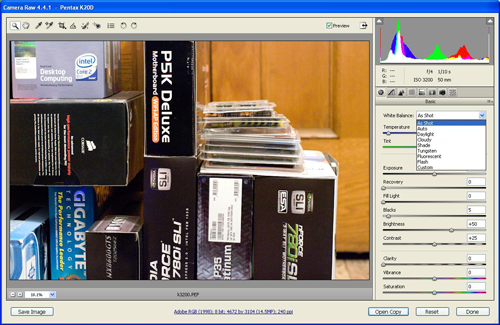 |
Having said that, one area where RAW conversion does shine is White Balance control. With all the sophisticated processing capabilities in today's DSLRs it is amazing that none of the manufacturers have figured out how to get Auto White Balance to work acceptably under Tungsten or Fluorescent light - the two types of lighting you will most likely find in homes and commercial space. Shooting RAW you can quickly and easily adjust white balance just by selecting a drop-down description or fine-tuning a Kelvin temperature slider.
If the camera processing is fast enough many experienced photographers shoot RAW+JPEG. In most situations they will use the JPEG file, but when extra control is needed, or the in-camera processing just isn't up to the photographer's preferences, the RAW file is available for custom control. This can slow lesser cameras down considerably, so consider the advantages and disadvantages before you jump on this bandwagon.
In the end use RAW when you want ultimate control over the image processing and you know how to manipulate RAW files in software you trust for this process. At the very least you can do some simple RAW capture and conversion in tricky lighting situations using the RAW converter that came with your camera or a simple program like Photoshop Elements which supports the latest Adobe Camera RAW just like Photoshop CS3 does.
For future reviews images will generally be JPEG with in-camera processing. That is the way most of our readers will use these cameras. There is no pretense here that AnandTech is serving a professional photography market that lives for the creative control of RAW processing.
With the meteoric rise in DSLR sales we believe the great majority of these new buyers are photo hobbyists and not advanced amateurs or professionals. They buy a Canon or Nikon or Sony or Olympus or Pentax or whatever camera for the quality of images the camera produces. That includes the in-camera image processing that goes on to produce a JPEG saved to the memory card. The bulk of these new buyers may be interested to know that the Pentax has higher resolution when images are captured in RAW, but mostly they will shoot default finished JPG images.
You should know that RAW is an extremely powerful tool if you know how to use it, and frankly you can do some incredible things in RAW with little knowledge of all the parameters. The important thing is the option of shooting RAW or RAW+JPG is available on almost any DSLR. You should choose to use it and learn a little in difficult lighting or in situations where you have a "mind's-eye" picture that you want to create in the digital darkroom that is RAW processing.


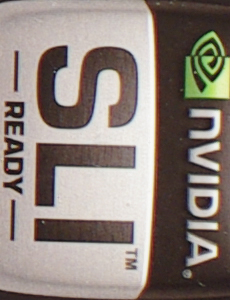
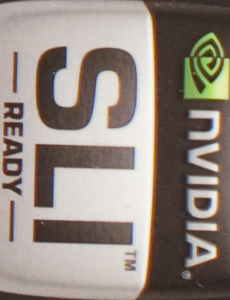
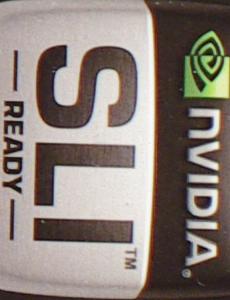
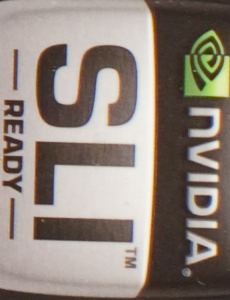
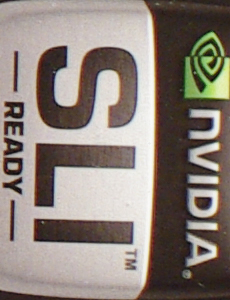

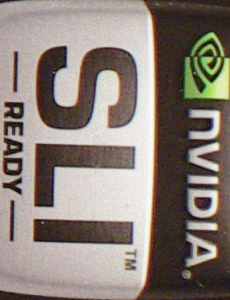
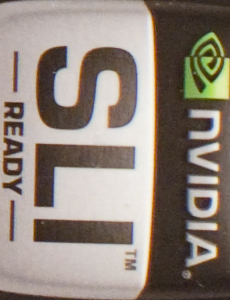
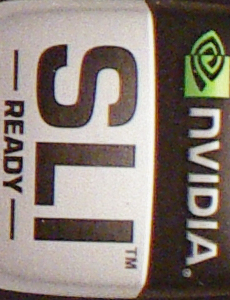
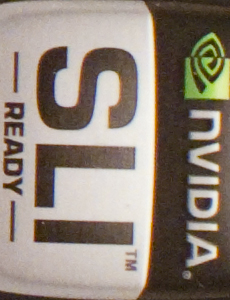

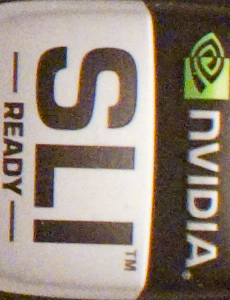
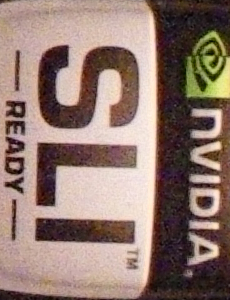
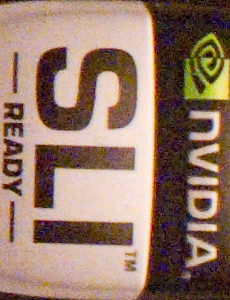








22 Comments
View All Comments
Wesley Fink - Tuesday, May 20, 2008 - link
The third page is there. We have been having server problems today and this article went to post twice when it was scheduled to go live on 5/20. You may have been caught in one of those accidental post cycles. We apologize for the confusion.Bull Dog - Tuesday, May 20, 2008 - link
Yea. Right after I posted the comment I realized that the entire article was gone; so I figured the article must have not have been ready for prime time.Very good read, a little of it is above/beyond me, but a good read none the less. Thanks.